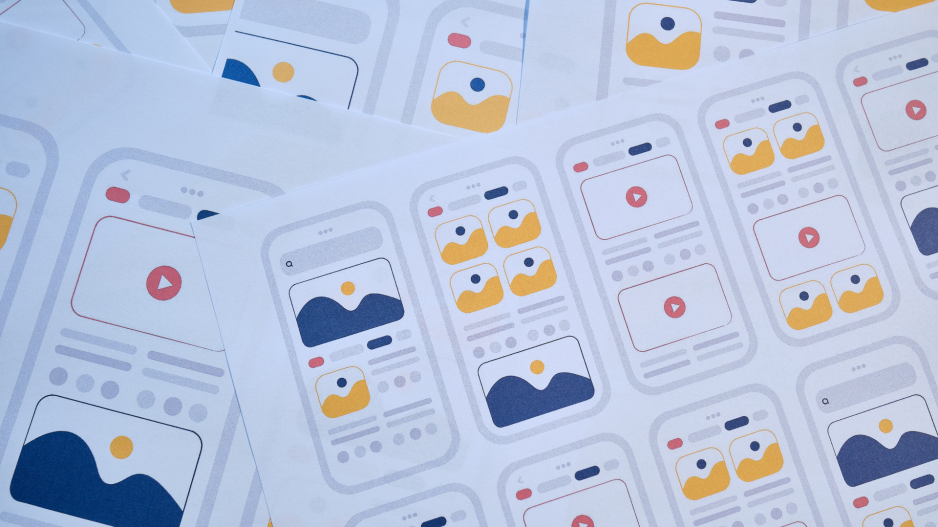Why Businesses Can’t Afford to Ignore Good UX
The Financial Impact of Good User Experience
In the digital age, user experience (UX) design has emerged as a critical factor in determining the success or failure of a business. Gone are the days when aesthetics were the sole focus of design; today, it's about creating an intuitive, efficient, and enjoyable experience for users. But beyond the obvious benefits of customer satisfaction and loyalty, good UX design also has a profound financial impact. Here's why businesses can't afford to ignore it.
Increased Conversion Rates
One of the most direct financial benefits of good UX design is the increase in conversion rates. A well-designed user interface that guides users smoothly through the sales funnel can significantly boost the number of visitors who convert into paying customers. According to a study by Forrester, a well-designed user interface could raise your website's conversion rate by up to 200%, while a better UX design could yield conversion rates up to 400%.
For Instance, Airbnb significantly improved its performance by prioritizing UX design after a period of stagnation. By focusing on user experience, Airbnb transformed from a struggling startup into a global leader in the vacation rental market.
Reduced Development Costs
Investing in UX design early in the product development process can lead to substantial cost savings. Identifying and addressing usability issues during the design phase is significantly cheaper than doing so after the product has been launched. Research shows that the cost of fixing an error found after product release is 100 times more expensive than fixing it during the design phase.
A case study involving a major software company revealed that incorporating UX design into their development process resulted in a 50% reduction in post-release bug fixes. This not only saved them millions of dollars but also shortened the time to market for their new features.
Lower Customer Support Costs
Good UX design can also reduce the burden on customer support teams. When users can easily navigate a product and find the information they need without assistance, the number of support tickets and calls decreases. This not only cuts down on operational costs but also frees up customer support agents to handle more complex issues, thereby improving overall service quality.
For example, Virgin America reported a 20% decrease in customer support requests after revamping their online portal with a focus on usability. The new design made it easier for customers to access account information and complete transactions independently, leading to higher satisfaction and lower support costs.
Enhanced Customer Loyalty and Retention
User experience directly impacts customer loyalty and retention rates. A positive experience encourages users to return and recommend the product to others. This organic growth driven by satisfied customers is far more cost-effective than acquiring new customers through marketing efforts.
Spotify found that users who rated their experience as “excellent” were three times more likely to renew their subscription compared to those who rated it as “good” or “average.” This demonstrates how investing in UX design can lead to sustained revenue through increased customer retention.
Competitive Advantage
In today's competitive market, businesses need to differentiate themselves. Superior UX design can provide a significant competitive advantage. Companies that prioritize UX are often seen as more customer-centric and innovative, which can attract new customers and retain existing ones.
Apple is renowned for its commitment to UX design, which has been a key factor in building its loyal customer base and achieving sustained financial success. Their focus on creating seamless, intuitive products has set them apart from competitors and established them as a leader in the tech industry.
The financial impact of good UX design is clear: it boosts conversion rates, reduces development and support costs, enhances customer loyalty, and provides a competitive edge. Businesses that invest in UX design not only improve their products but also see significant financial returns. In a world where user expectations are higher than ever, ignoring the importance of UX can be a costly mistake. As the saying goes, "Design is not just what it looks like and feels like. Design is how it works." And how it works can make all the difference to your bottom line.






